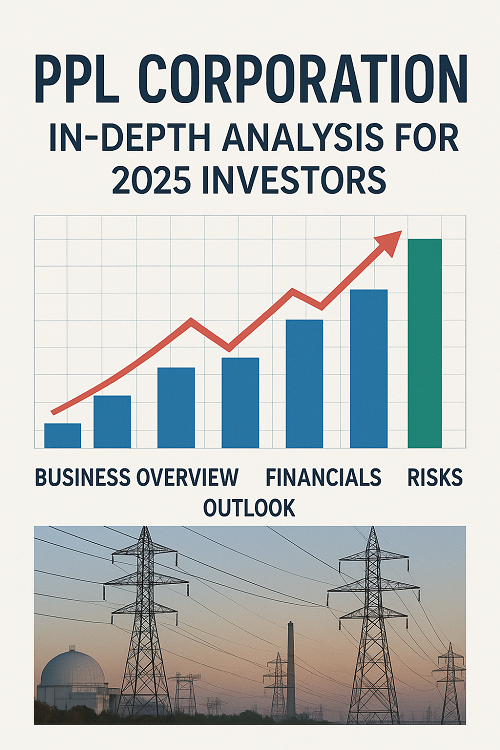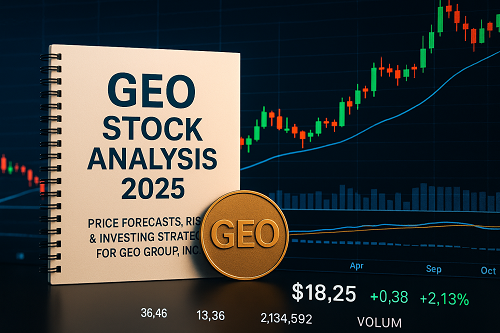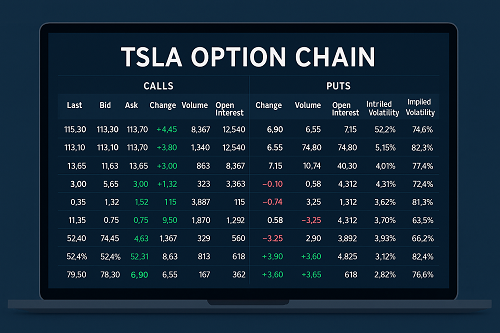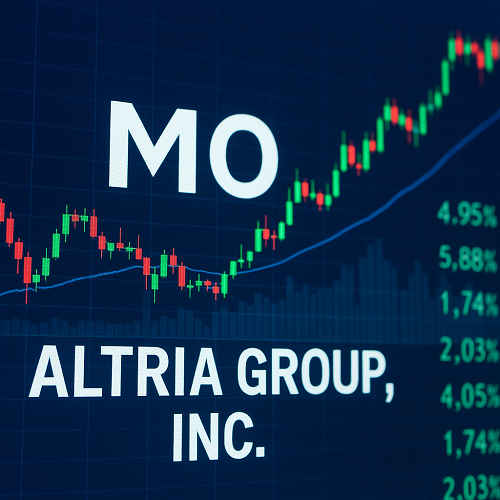PPL Corporation (NYSE: PPL) is a U.S.-based regulated electric and gas utility company with meaningful exposure to the shift in electrification (including data centers) and large infrastructure investment plans. It offers a dividend yield in the ~2.8-3.0% range and a long-term earnings & dividend growth target of ~6-8% annually to 2028.
For investors seeking a blend of income plus modest growth, PPL presents as a “lower-growth, stable utility” play rather than a high-flyer. That said, its elevated payout ratio and rising capex commitments raise important risk/return trade-offs. Below is a detailed breakdown of business fundamentals, investment thesis (bull & bear), dividend outlook, valuation, ESG/regulatory considerations, technical/market-timing factors, and a concluding take for U.S. income investors.
Business Overview & Strategic Positioning
Company Profile
- PPL Corporation is headquartered in Allentown, Pennsylvania.
- It serves millions of customers across regulated electricity and, to a lesser extent, natural gas operations in the U.S., mainly in Pennsylvania, Kentucky and other states.
- Historically known as Pennsylvania Power & Light, founded in 1920.
Strategic Growth Levers
- Rising electrification trends: Demand from data centres, AI infrastructure, electrified transport/home heating are key tailwinds. For example: PPL’s management raised its infrastructure investment plan by nearly 40% to US$20 billion for 2025-2028, anticipating ~9.8% annual rate base growth.
- Transmission & distribution upgrades: PPL has added deals for new data-center capacity and grid improvements. E.g., it reported better‐than‐expected Q1 2024 results citing higher transmission revenue and lower cost.
- Regulated nature: A large portion of its revenues come from regulated utility operations, which tend to offer more predictable cash flows — attractive to income investors.
Business Risks & Headwinds
- Elevated capital expenditures: The ambitious capex plan ($20 billion) means large cash outflows, financing needs and execution risk (cost overruns, delays).
- Regulatory/regime risk: As a regulated utility, returns are tied to regulatory decisions, rate cases, grid reliability, storm/weather risk, etc.
- Dividend pressure: Despite a rising dividend, payout ratio is elevated (~80% of earnings/cash flow).
- Yield compression: The dividend yield (~2.8-3%) is modest relative to some utility peers and lower than its historical average of ~4%
Dividend & Income Profile
Key Metrics
- Annual dividend per share: ~$1.08 based on current payments (~$0.27 quarterly) for 2025.
- Dividend yield: ~2.88% based on current share price.
- Payout ratio: ~80% of earnings — higher than the utility sector average (~65–70%).
- Dividend growth: PPL has increased its dividend, but the 5-year CAGR is modest (~6% or less) and below some peers.
Dividend Sustainability & Outlook
- With payout ratio near ~80% of earnings, the margin for error is relatively tight.
- However, the regulated business model and relatively stable cash flows support confidence that the dividend is likely sustainable in the near-term.
- Management guidance: PPL has reaffirmed long‐term EPS and dividend growth of 6-8% annually through at least 2028.
- For income investors: If you buy here at ~2.9% yield and expect 6-8% dividend growth, then your forward yield on cost in say 5 years could be ~3.4-3.5% (2.9% × (1.06^5) ≈ 3.9%).
- Compare to peers: The yield is lower than many high-yield utilities; if you want yield first, you may find better options. But if you want moderate yield + growth + stability, PPL is viable.
Valuation & Analyst Consensus
Current Valuation Snapshot
- P/E ratio: According to data, PPL has a P/E of ~22x.
- Debt: SimplyWallSt notes heavy use of debt (“using debt extensively”) in recent years.
Analyst Forecasts & Price Targets
- The consensus rating is “Buy” according to StockAnalysis; average target ~US$39.50 (~5.8% upside) from current levels.
- Some firms have target ranges from US$40 to US$43.
Valuation Conclusion
- With modest upside potential (~+6-15%) and a ~2.9% yield, the total return potential from current levels is modest — perhaps ~8-10% per annum (yield + growth) in an optimistic scenario.
- Investors should weigh this against risk: large capex commitments, regulatory risk, lower yield compared with some peers.
- If you are comfortable with utility‐sector risk and moderate growth, PPL may be a reasonable allocation; but it is not a high‐growth or high‐yield standout.
Sector, Peers & Competitive Landscape
5.1 Utility Sector Context
- The utility sector is undergoing transformation: electrification, grid modernization, ESG mandates, decarbonization pressures.
- Within the sector, regulated utilities tend to offer yield + stability; growth comes from rate base expansion, infrastructure spend.
- PPL’s dividend yield (~2.8%) is slightly below the sector average (~3.0–3.3%) and its payout ratio (~80%) is above typical peers (~60-70%).
Key Peers
- For example: Duke Energy (DUK), Southern Company (SO), Entergy Corporation (ETR) — these may offer higher yields or different growth profiles.
- Compared to peers: PPL trades with lower yield and comparable growth ambitions — so its competitive advantage lies more in execution, cost control, and infrastructure deals.
- The ability to capture data-centre load (see below) may differentiate PPL relative to more traditional regulated utilities.
ESG, Regulatory & Growth Catalysts
Growth Catalysts
- Data centres & electrification: PPL’s exposure to data-centre demand is a major growth lever. For example: it signed new capacity deals in Pennsylvania in excess of 3 GW.
- Infrastructure investment: The $20 billion capex plan through 2028 positions the company for meaningful rate‐base growth (~9.8% average).
- Grid resilience & storm hardening: As extreme weather intensifies, utilities that invest in resilience may win regulatory favour and earn higher returns.
ESG & Regulatory Considerations
- Reliability concerns: PPL reported 17 outages in 2024 in its Pennsylvania operations — the highest in 32 years for that state.
- Regulators will scrutinize rates, capex recoveries, storm cost recovery, and environmental compliance.
- Sustainability: While PPL is less “pure play” clean-energy than some utilities, its transition efforts and investments in grid upgrades offer incremental ESG value.
Risk & Mitigants
- Risk: Execution risk on large projects, cost inflation (labor, materials), regulatory pushback, interest rate pressure (higher financing costs).
- Mitigant: Regulated business model provides relative stability; management has issued growth targets; ratings agencies remain investment grade (e.g., S&P A-) in many reports.
Technical & Market Timing Considerations
- According to IBD U.S.: PPL’s Relative Strength (RS) rating improved (from 68 to 71 in June 2025) and it created a flat base with a potential buy point ~US$36.70.
- Price as of recent data: ~$37.35.
Bull Case vs Bear Case
Bull Case
- Regular dividend payer; offers ~2.9% yield with stable regulated cash flows.
- Strong growth runway via electrification / data centre demand / infrastructure investment (~9.8% rate base growth).
- Modest upside in share price (+6-15%) plus dividend growth of 6-8% annually through 2028.
- Relatively defensive asset in turbulent markets (utilities tend to hold up in weak economic periods).
Bear Case
- Yield is modest — investors seeking high income may look elsewhere.
- Payout ratio high (~80%) leaves less margin of safety for dividend increases or economic stress.
- Execution risk: large capex, financing needs, cost inflation could erode returns.
- Regulatory/operational risk: storm outages, reliability issues, rate case setbacks.
- With limited share‐price upside (e.g., consensus target ~$39.50), total return may lag other sectors or higher yield utilities.
Investment Summary & Recommendation
For U.S. income investors who value stability, modest yield, dividend growth and exposure to a regulated utility benefiting from electrification trends, PPL is a reasonable choice — but with caveats. It is not a standout high-yield or high-growth utility. The “sweet spot” is moderate income plus moderate growth.
If I were to frame a recommendation:
- Buy for income + moderate growth: If you are comfortable with ~2.9% yield now and expect 6–8% dividend growth, PPL could deliver mid‐single-digit total return (~8-10% per annum) over the next 5 years.
- Hold or accumulate on dips: Because the upside is modest and the risk of capital stalling is real, PPL is a hold for conservative investors, or an accumulate when share price dips.
- Avoid if you need high current yield or high growth: If your goal is >4% yield or double‐digit growth, you may want to look at other utilities or dividends stocks.
- Monitor closely: Key watchpoints — execution of capex plan, earnings vs guidance, regulatory decisions, payout ratio trends.
U.S. vs Canadian Audience Considerations
- The stock is listed in the U.S. (NYSE: PPL) and most of the data above is U.S.-based; as a Canadian investor you will want to consider currency risk (USD vs CAD), tax implications (dividends from U.S. companies), and portfolio diversification.
- If you are evaluating the Canadian listing (PPL.TO) or Canadian investors, check the Canadian ADR or cross‐listing details, withholding tax treatment, and whether the Canadian listing has the same liquidity.
Conclusion
PPL Corporation remains a credible utility investment for the right type of investor — someone seeking predictable income, modest growth, regulated business fundamentals and defensive characteristics in uncertain markets. Its strong growth levers (especially electrification/data centres) add upside potential, but those are offset by higher payout ratios, modest current yield, and execution risk.
If I were in your shoes (given your experience in finance and need for intelligent allocation of capital), I would treat PPL as a core utility‐sector holding, but not the anchor of an income portfolio that requires high yield. I’d allocate maybe a portion (say 5–10% of your income portfolio) to PPL, and monitor for opportunities to average in on dips or when the risk/reward becomes more compelling (e.g., share price drops to ~$34-35).
Should you like, I can prepare a downloadable detailed model (with projected dividends, total return scenarios, comparison to peers, sensitivity analysis) and include Canadian tax/treatment notes for Canadian investors. Would you like me to build that?
ChatGPT can make mistakes. OpenAI doesn’t use Marty Cutler’s Workspace workspace data to train its models.





 XAUT-USD
XAUT-USD  AMD
AMD  MARA
MARA  SHOP
SHOP  BULL
BULL  CL=F
CL=F